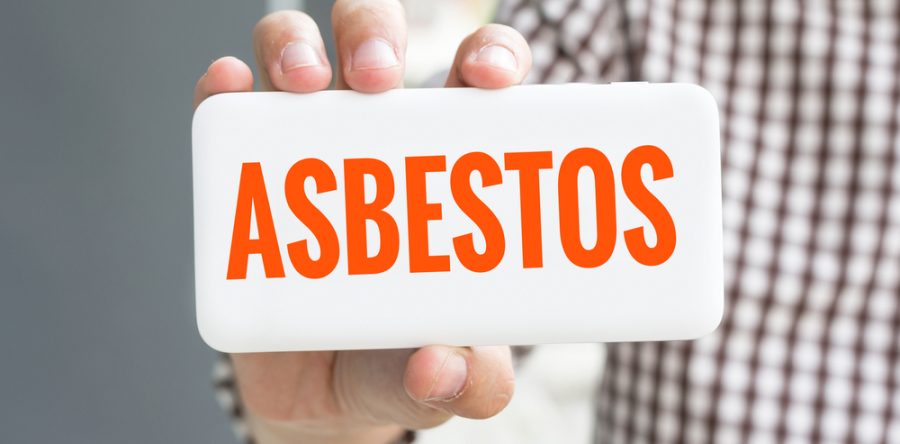The dangers of asbestos are widely known. If you come into contact with it, you stand the chance of inhaling fibers and introducing your body to a host of problems. We test homes and businesses for this harmful substance so we can keep people safe, but there are a few things you should know about asbestos. After all, knowledge is power and you should know exactly what you’re testing for. Take a look at our points below…
Asbestos is Not Banned Outright
Seeing as so many people know about the dangers of asbestos, you might be under the impression that the government has forbidden the use of asbestos. However, this simply isn’t true. There are still products made and manufactured in the United States that contain asbestos, not to mention the many buildings still hanging around that are laden with asbestos materials. Only a handful of items remain banned under both the Toxic Substances Control Act and the Clean Air Act, and those substances include corrugated paper, commercial paper, flooring felt, specialty paper, and a few spray-on materials.
The Body Cannot Get Rid of Asbestos
The human body can cleanse itself of many toxins, but asbestos fibers aren’t one of them. Once inhaled or ingested, the microscopic fibers remain in your system. Once you breathe in the fibers, they penetrate through the membrane that lines the chest cavity and covers the lungs, which is called the mesothelium. If you ingest them, the fibers will end up in your stomach cavity. It’s a sad truth, but regardless of how they got into your body, they aren’t going anywhere once they’re there. Since the sharp, needle-like fibers can penetrate tissues, they can change them on a cellular level which down the line leads to diseases.
Buildings Still Contain Asbestos
Most professionals agree that unless the asbestos material is “friable”, which means it’s easily broken or damaged, then it’s safer to leave the asbestos in place rather than remove it. When asbestos becomes friable, it doesn’t take much to disrupt and dislodge microscopic fibers. When that happens, those fibers become airborne which means they can be inhaled or ingested. It’s easy to damage asbestos when renovating or demolishing older homes and buildings too. If asbestos is discovered within the structure to be renovated or demolished, professionals must be called in to remove the asbestos according to correct safety protocols and specifications. Keep in mind that asbestos materials must be discarded in certain ways to prevent asbestos exposure to the public.
It never hurts to learn more about something that could pose a serious risk to you and your health. If you currently live in a home or will soon be renovating one that you believe may contain asbestos materials, get in touch with us. We’ll test your space and determine if you have a problem on your hand. The same goes for your business. Call us at 617-481-5782 or fill out our online contact form.



